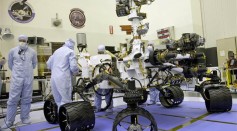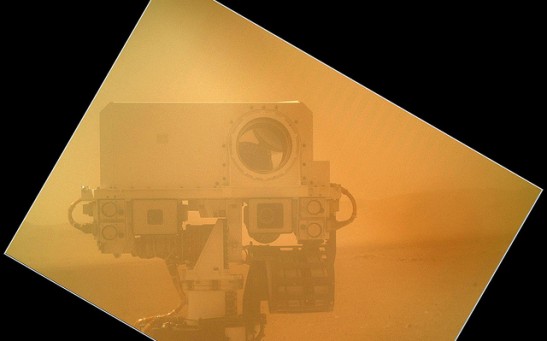space

What Lay in Seas of Venus? Researchers Say They May Have Found the Cloudlike Answer

NASA Envisions Floating City High Above in Venus Skies

NASA Selects 4 U.S. Partners to Help Further Spaceflight Industry, No Extra Cost to Government

VIDEO: NASA Captures Spectacular Solar Flare Light Display

A Christmas Celebration in Space―How the International Space Station Crew Celebrates

Must See: 5 Months in Space Compressed into 6 Minutes

Orion’s Return: What Re-entry Means for the Industry of Spaceflight

NuSTAR Telescope Helps NASA Find Nanoflares on the Sun

Discovery Sparks Interest—NASA’s Mission to Mars Gets Its Own New Show

Curiosity Rover Gets Its Own Special—Discovery Channel Tonight

ESA’s Philae Lander May Take the Prize, But Here Are 9 Other Breakthroughs of 2014 Also Worth the Award

Organics on Mars—Could Life Be Sustained on Red Planet?

Eons After the Big Bang, and 80 Years After It Was Proposed, Dark Matter Takes Form in Andromeda

Bouncing Philae Takes Award for Breakthrough of the Year
Most Popular

The Role of AI in the Next Generation of Logistics: Insights from Tobias Waldhecker

Alzheimer's Treatment Drug Lecanemab Found to Increase Death Risk, New Research Shows

Cloned Black-Footed Ferret Gives Birth to Two Healthy Kits

Optimizing Complex Catalog Systems with Graph Theory and Indexing






